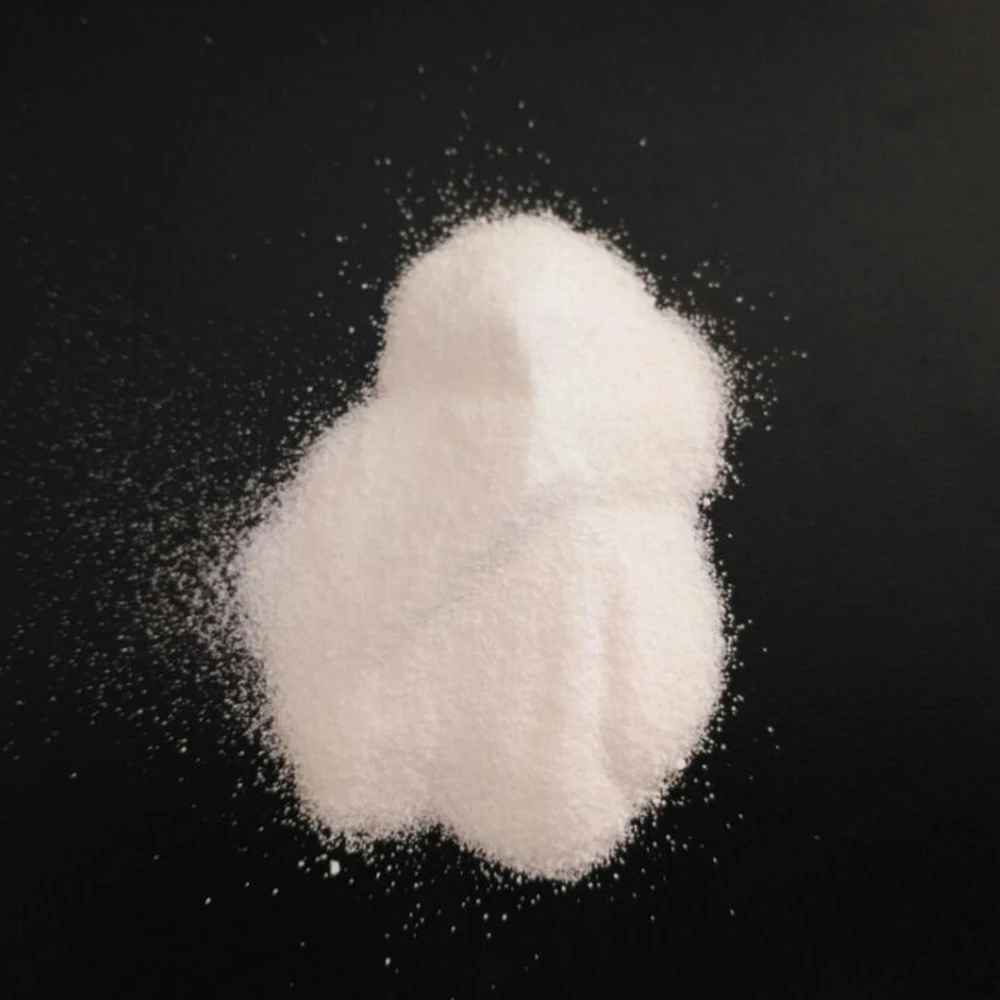



Innovative Solutions for Effective Chemical Treatment Systems in Industrial Applications
Chemical Treatment Systems An Essential Cornerstone in Modern Water Management
In the realm of water management and environmental protection, chemical treatment systems play a pivotal role. These systems utilize various chemical processes to purify water, manage waste, and uphold public health standards. As water scarcity and pollution become increasingly prevalent issues worldwide, the significance of efficient chemical treatment systems cannot be overstated.
Chemical treatment systems encompass a wide variety of processes designed for different contaminants and water types. The foremost techniques include coagulation, flocculation, sedimentation, filtration, and disinfection. Each method serves a distinct purpose and is crucial in achieving the overall goal of producing potable water while minimizing pollutants and harmful pathogens.
Coagulation is often the first step in the chemical treatment process. In this stage, coagulants such as aluminum sulfate or ferric chloride are added to water, causing tiny particles and impurities to clump together, or coagulate. This allows for more efficient removal of suspended solids in subsequent steps. Following coagulation, flocculation occurs, where gentle mixing encourages the coagulated particles to form larger clusters called flocs.
Once the flocs are formed, the next phase is sedimentation. Here, the floc particles gravitate towards the bottom of the treatment tank, which facilitates their removal through simple gravity. This is an important step as it significantly reduces the turbidity of the water before it advances to filtration.
chemical treatment system

Filtration is a critical process in a chemical treatment system, designed to remove remaining particles that escaped sedimentation. Various types of filters, including sand, gravel, and activated carbon filters, are employed depending on the scale and complexity of the treatment system. These filters provide a barrier for impurities, resulting in cleaner and clearer water.
The final step in many chemical treatment processes is disinfection. One of the most common methods involves the use of chlorine or chloramines, which effectively kill remaining bacteria and pathogens. Alternatives such as ultraviolet (UV) disinfection and ozone treatment are also gaining popularity due to their effectiveness and lower environmental impact. This is crucial to ensure that the treated water meets health and safety guidelines for consumption.
In addition to purifying drinking water, chemical treatment systems play a vital role in wastewater management. Synthetic chemicals are used to neutralize harmful substances, reduce toxic metals, and promote the biological breakdown of organic matter. This reduces the environmental footprint of wastewater discharges and ensures compliance with regulatory standards, thereby protecting aquatic ecosystems.
Moreover, the advancements in technology and research have led to the development of innovative chemical treatment systems. These systems not only enhance effectiveness but also minimize the byproducts created during the treatment processes. This is particularly important as concerns regarding chemical residuals have risen among environmentalists and public health advocates.
In conclusion, chemical treatment systems are essential for effective water management in both potable water production and wastewater treatment. The integration of scientific principles with innovative technology ensures that communities have access to safe drinking water and that ecological integrity is preserved. As the global population grows and water resources become scarcer, investing in and improving chemical treatment systems will be critical in securing a sustainable future. With continuous advancements, the potential for these systems to evolve and address new challenges in water treatment demonstrates the power of human ingenuity in the face of environmental change.
-
Why Sodium Persulfate Is Everywhere NowNewsJul.07,2025
-
Why Polyacrylamide Is in High DemandNewsJul.07,2025
-
Understanding Paint Chemicals and Their ApplicationsNewsJul.07,2025
-
Smart Use Of Mining ChemicalsNewsJul.07,2025
-
Practical Uses of Potassium MonopersulfateNewsJul.07,2025
-
Agrochemicals In Real FarmingNewsJul.07,2025
-
Sodium Chlorite Hot UsesNewsJul.01,2025










